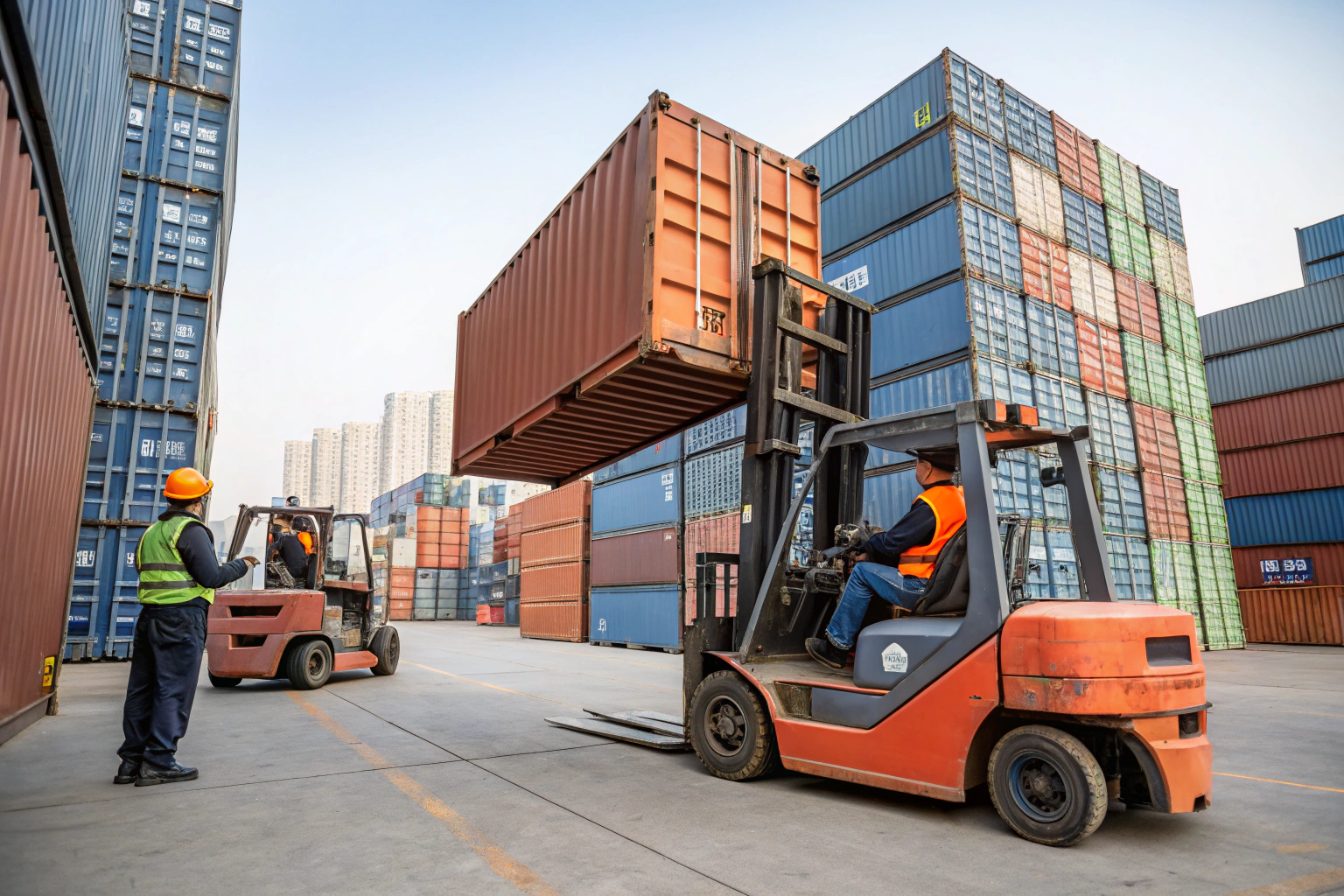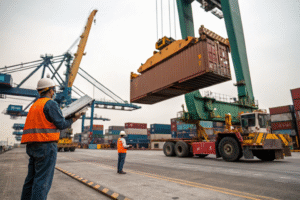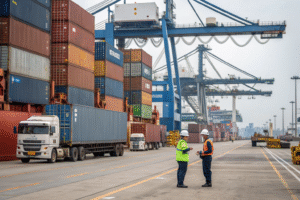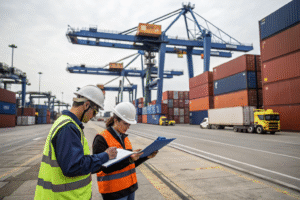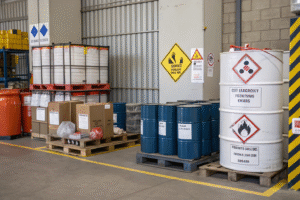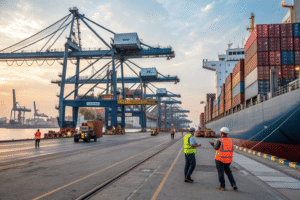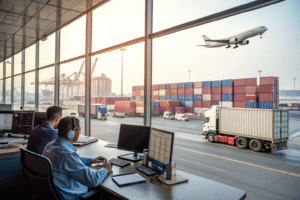In international logistics, many importers face the same problem: their shipment is too small to fill a container, but waiting to accumulate enough goods delays delivery. Freight consolidation is the solution.
A freight consolidation service, often called LCL (Less than Container Load), combines multiple shipments from different shippers into one container, lowering costs, optimizing space, and providing smoother global transport.
As someone with both academic training in supply chain management and years of freight forwarding practice in China, I see consolidation as both a textbook application of logistics efficiency and a practical service that directly benefits businesses of all sizes.
How does freight consolidation actually work?
Consolidation follows a clear process coordinated by freight forwarders. Small shipments from different companies are gathered, sorted, and packed together into a single container.
Each shipper pays only for the space they use, while the container moves as a full load.
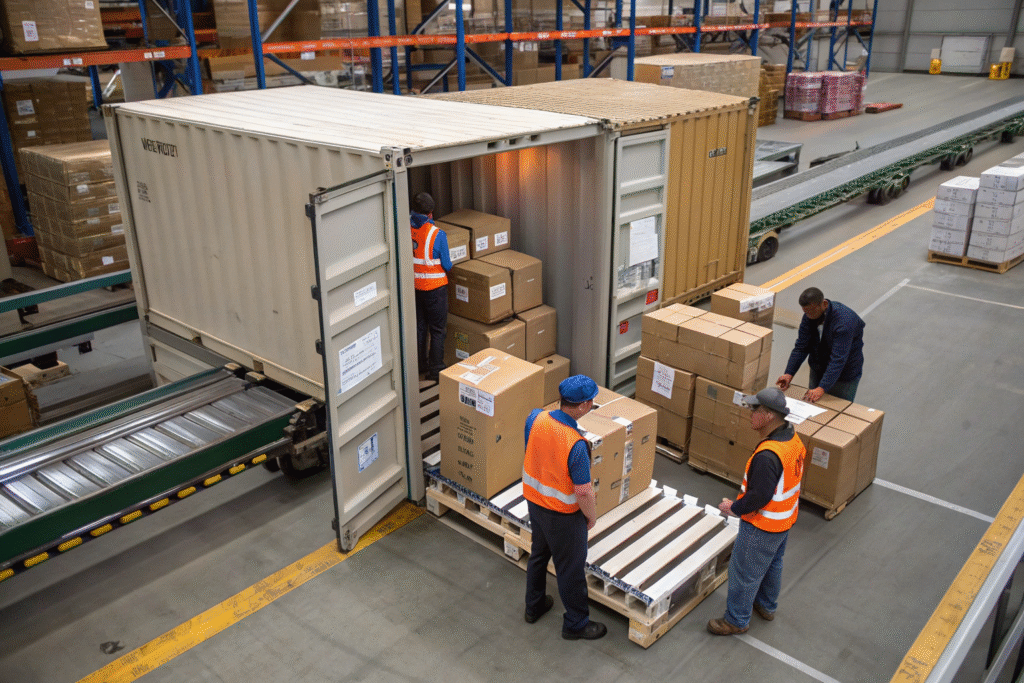
What are the main steps?
- Cargo collection – forwarders pick up shipments from multiple factories.
- Sorting and labeling – items are processed at a consolidation warehouse.
- Packing – goods are combined into one container with accurate documentation.
- Shipping – the container moves as FCL (Full Container Load) to the destination.
Why does this improve efficiency?
The concept aligns with resource pooling theory in supply chain research: by sharing capacity, multiple firms lower their costs and maximize utilization. Carriers such as Maersk provide dedicated LCL services to support this efficiency.
What benefits do businesses gain from consolidation?
Consolidation offers financial, operational, and environmental benefits.
The advantages include lower costs, better security, and improved sustainability.
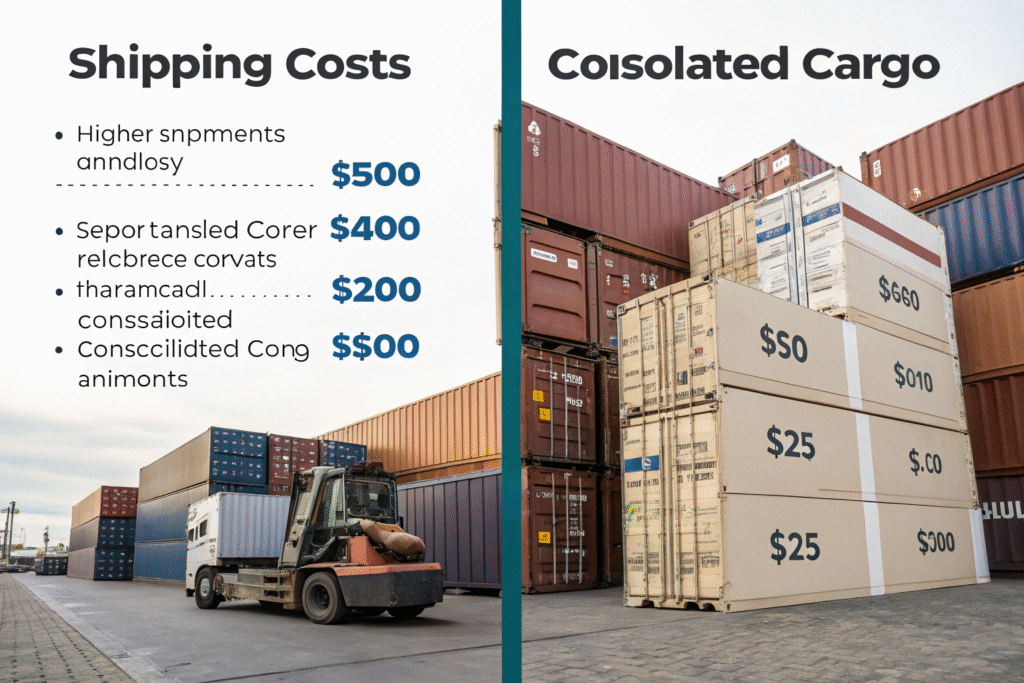
Why does it reduce freight costs?
Importers avoid paying for unused container space. According to Freightos, LCL rates are significantly cheaper than booking an entire container for small shipments.
How does it support sustainability?
By reducing the number of partially filled containers, consolidation lowers emissions per unit of cargo. The World Shipping Council highlights efficient container use as a key strategy for greener global trade.
What challenges come with consolidation?
Despite its benefits, consolidation has risks that must be managed carefully.
Challenges include longer transit times, customs complexity, and potential cargo handling risks.
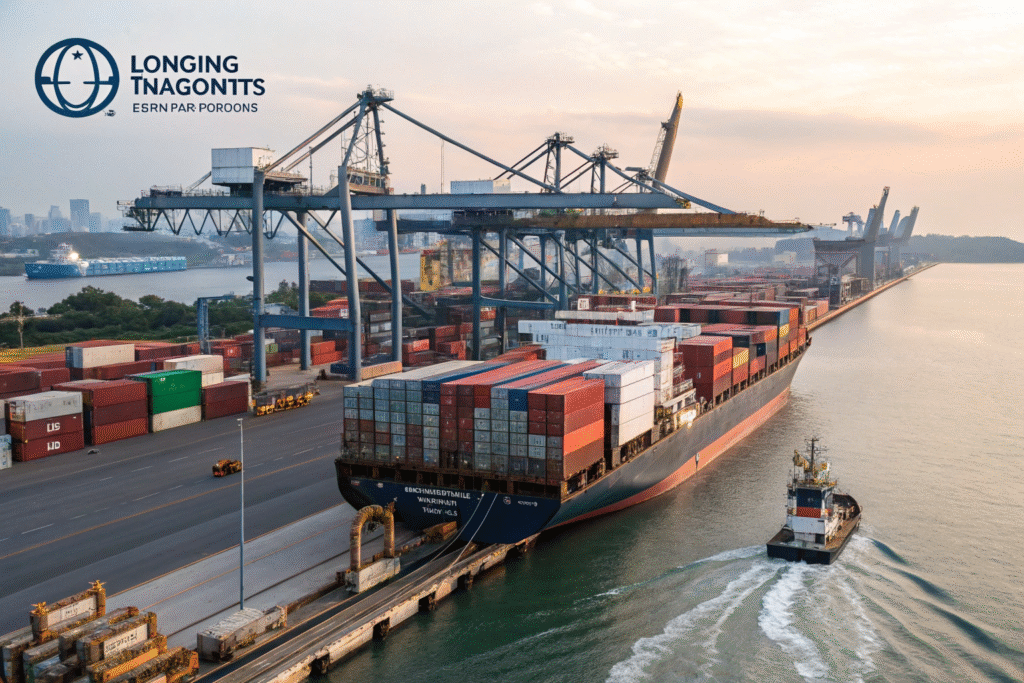
Why does it take longer?
Consolidation requires additional handling—cargo must be collected, packed, and unpacked at destination warehouses. This makes it slower than direct FCL shipments.
How do customs rules add complexity?
If one shipment inside a consolidated container has incorrect documents, the entire container can be delayed. U.S. Customs and Border Protection warns that compliance errors affect all parties in shared shipments. Academically, this reflects risk pooling theory, where shared benefits also mean shared vulnerabilities.
When should businesses use freight consolidation?
Consolidation is not for every shipment. It is best for smaller loads and companies with flexible timelines.
It is ideal for SMEs, seasonal shipments, and businesses testing new markets.
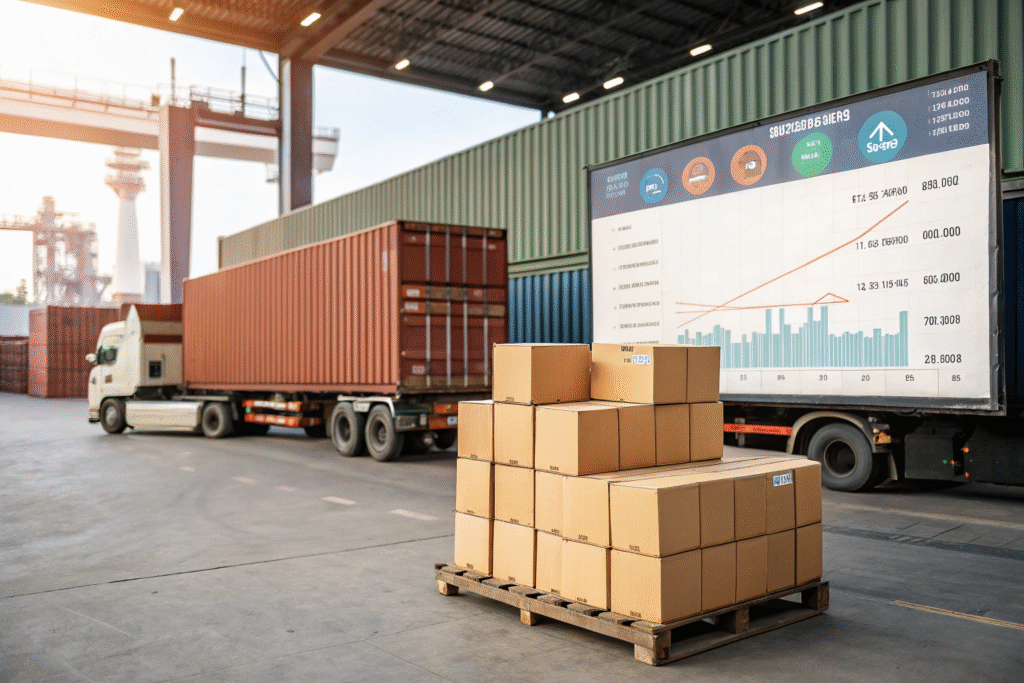
Why do SMEs benefit most?
Small businesses often cannot afford FCL rates. Forwarders like Kuehne+Nagel provide LCL services that give SMEs access to international trade at manageable costs.
Which industries rely heavily on consolidation?
Apparel, consumer goods, electronics accessories, and gifts often ship in smaller batches. Consolidation ensures these industries remain competitive by balancing cost with delivery reliability.
Conclusion
Freight consolidation is both a theoretical model of efficiency and a practical logistics solution. It allows businesses to share container space, cut costs, and reduce their carbon footprint. While it introduces added handling time and customs complexity, the financial and operational benefits far outweigh the drawbacks for many importers.
From my academic perspective, consolidation reflects principles of resource pooling and cost optimization in supply chain management. From my professional practice, it is one of the most effective tools I use to help clients shipping from China to global markets. With the right freight forwarder, consolidation is not just a service—it is a strategic advantage in international trade.
